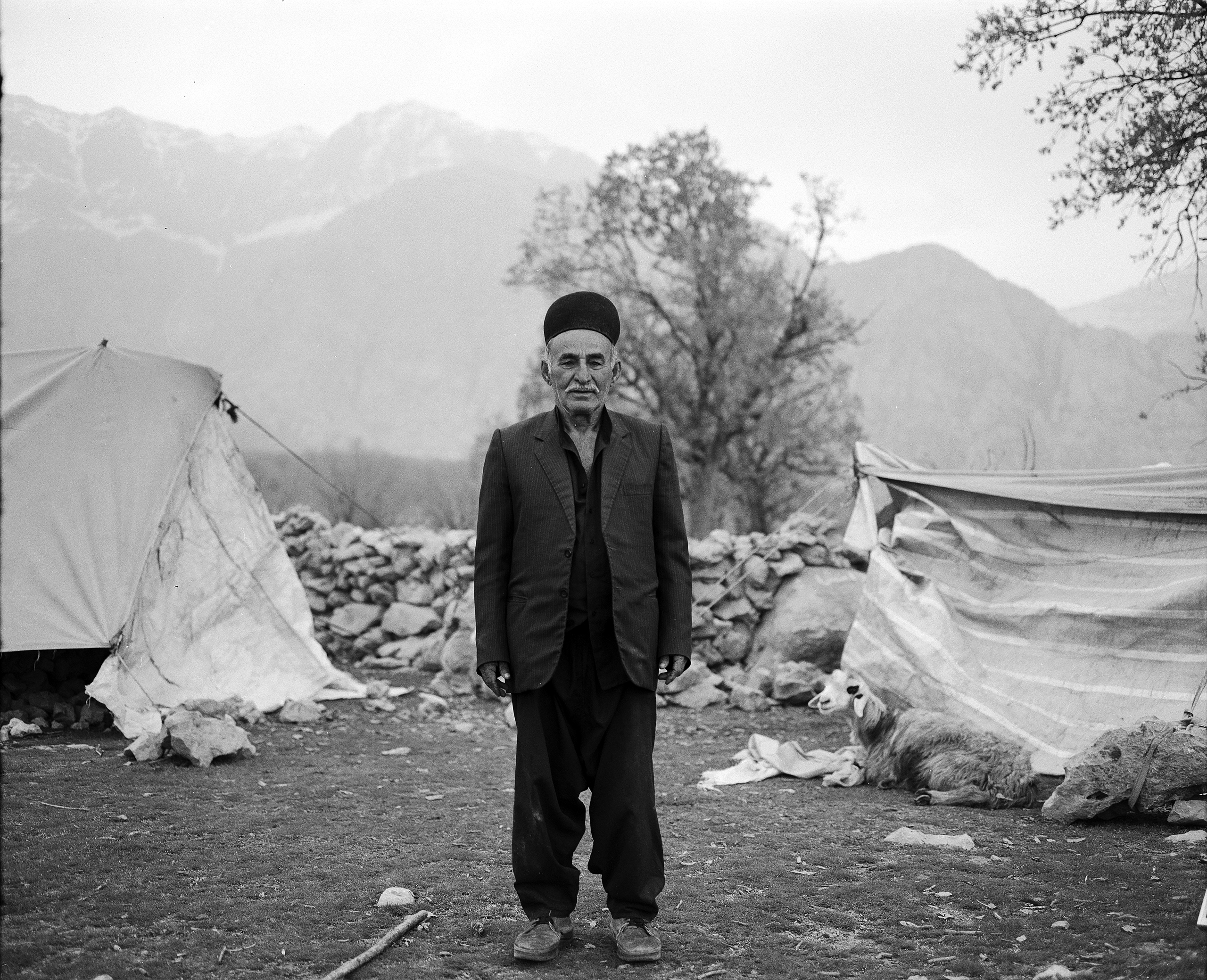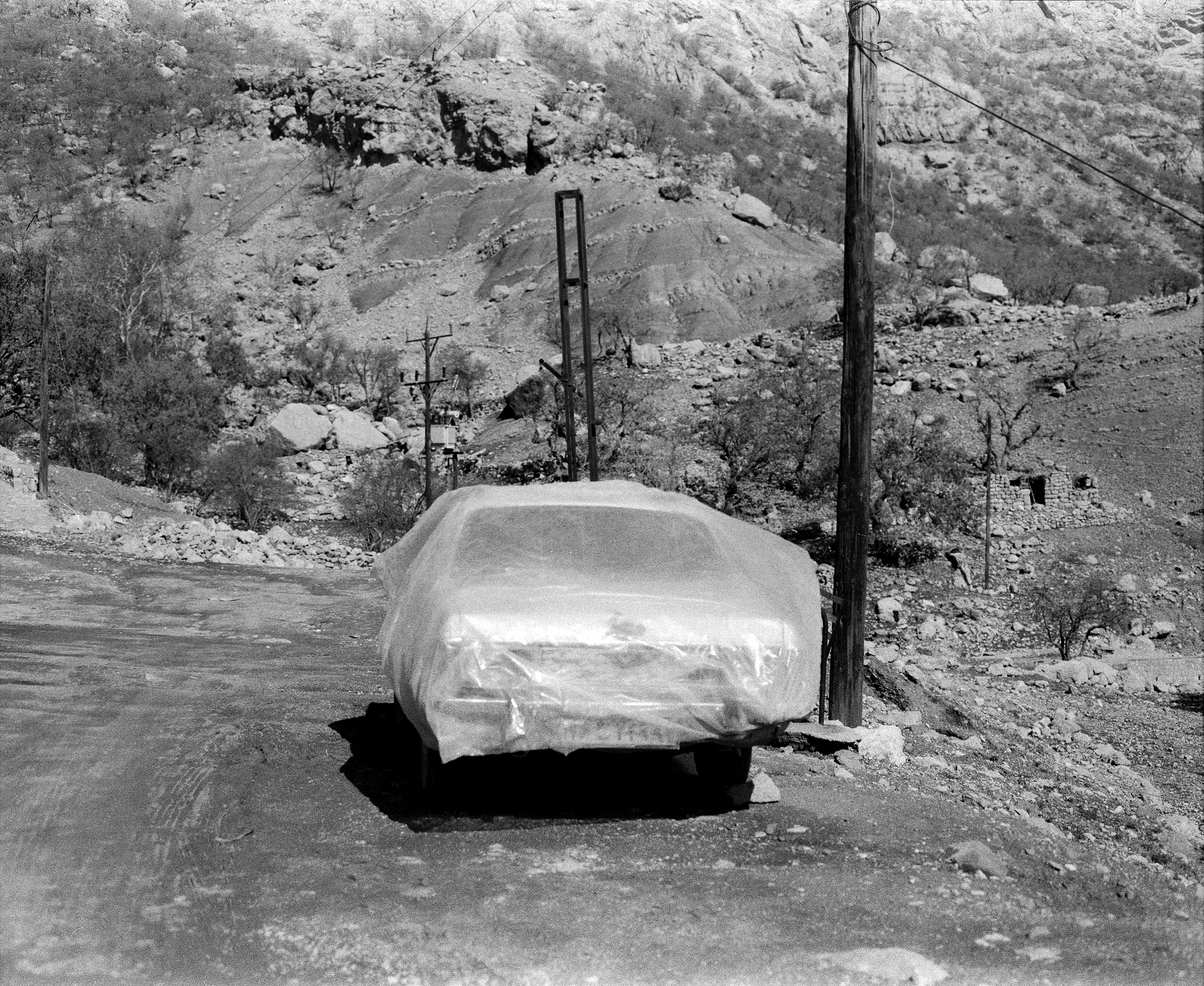The Last Migration
Drought in Iran has become severe, reaching a critical stage.
Over the past years, shifts in climate and weather have deeply affected daily life, and in the years ahead some communities will feel these changes more quickly and more directly, forcing their way of life to alter. Many people now find themselves having to move – from villages to towns, or from one town to another – simply to survive.
But migration is not always the same. For some, movement has long been part of their tradition: the seasonal journeys of nomadic groups, passed down through generations. Today, though, many are leaving behind this way of life, not out of choice, but because they have no other option. Tent life in the plains and mountains, and the work of herding, are being lost, replaced instead by brick houses and jobs that they have little knowledge or experience of.
Among these are the Bakhtiari nomads in the northeast of Khuzestan province, close to the border with Chaharmahal and Bakhtiari. Some still live in the Shimbar region, around the village of Kotok, near Mount Keyno. Yet every year their numbers fall. Once, two or three hundred families lived in tents across this area. Today, only a handful remain – ten or twenty at most.
These were once places where, at sunrise, men would take their herds out to pasture, while women prepared meals for the day. As evening fell, the glow of fires inside the tents showed the warmth of life. Now, most of these places lie silent, as if no one had ever lived there at all – as though it was only ever a fading story.







